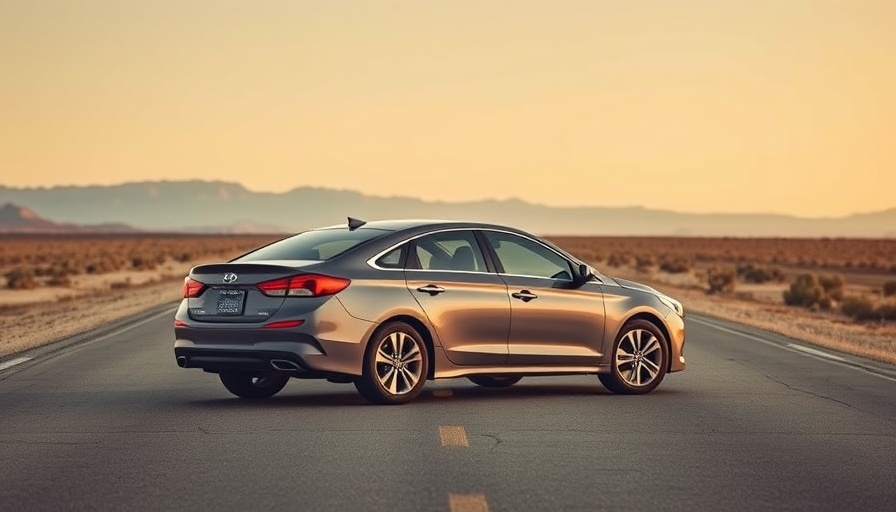
The Joy of Sport Touring Bikes: Balancing Pleasure and Practicality
For many riders, the thrill of traveling on two wheels is about more than just speed; it's also about comfort during long journeys. Sport touring bikes perfectly encapsulate this balance, providing both excitement on curvy roads and amenities for miles of relaxed riding. These vehicles combine the best features of sports bikes with the comfort necessary for touring, making them an ideal choice for those who crave adventure without sacrificing practicality.
What Makes a Sport Touring Bike Stand Out?
Sport touring motorcycles are engineered to deliver performance without compromising comfort, so what exactly sets them apart? One essential factor is the underlying technology borrowed from high-performance sports bikes. Manufacturers like Kawasaki and Yamaha have infused their touring models with advanced features such as electronically adjustable suspensions and high-horsepower engines while ensuring that riders enjoy a relaxed seating position. This unique blend gives a rider not just the thrill of speed but the ability to enjoy long distances without fatigue.
Pricing and Availability
Understanding the price range of sport touring bikes can help prospective buyers make informed decisions. For example, Kawasaki's high-end model, the Ninja H2 SX SE, boasts a price tag of $29,100. In contrast, the MV Agusta Turismo Veloce Lusso is available for $20,598, showcasing options from luxury to performance-driven machines.
Future Trends in the Sport Touring Market
The emergence of electrification in the motorcycle industry is shifting the landscape of sport touring. As electric bikes gain popularity, riding distances and fuel efficiency ratings will be critical considerations for future models. Innovations in battery life and charging infrastructure may soon provide riders with even greater freedom to travel without the need for traditional fuel stops.
Top Features to Look For in Sport Touring Bikes
When searching for the perfect sport touring bike, several key features should draw attention. Look for:
- Comfortable seating: Ensure that the bike has a rider-friendly ergonomics conducive to long hours.
- Storage solutions: Options for saddlebags or hard cases can significantly enhance the touring experience.
- Advanced technology: Features such as traction control and navigation systems can transform a ride.
Top Sport Touring Bikes of 2024
Here’s a glimpse of the sport touring bikes that are creating waves in 2024:
- Kawasaki Ninja H2 SX SE: With its robust supercharged engine, it's the heavyweight champion of performance.
- Yamaha Tracer 9 GT: Noted for its agile handling and user-friendly tech features that enhance both safety and comfort.
- BMW R1250RS: This bike embodies the perfect mix of performance and touring capability with impressive long-range comfort.
Conclusion: The Thrill of Adventure Awaits
Sport touring bikes provide a unique opportunity to experience the adrenaline of motorcycling while retaining the convenience of long-distance travel. With choices catering to various preferences and budgets, riders can find a model that suits their needs. Consider exploring available options, taking test rides, and discovering how a sport touring bike can redefine your motorcycle adventures.
 Add Row
Add Row  Add
Add 




Write A Comment